Storytelling is a powerful way to connect with people. Whether you are a business owner or a content creator, telling a story helps your audience understand your message better. But with so much content available online, standing out is a challenge. This is where animation plays a key role.
Animation makes storytelling more engaging, creative, and easy to understand. It helps businesses explain complex ideas and allows creators to tell unique stories in visually appealing ways. From marketing campaigns to educational videos, animation is shaping how we communicate in the digital world.
In this article, we will explore how animation transforms storytelling, why businesses and creators are using it, and how technology is making it more accessible.
1. Why Animation is Powerful for Storytelling
Animation is more than just cartoons or movies. It is a versatile tool that helps businesses and creators communicate their messages effectively. Here’s why animation is such a powerful storytelling medium:
a. Emotional Connection
Animated stories can create deep emotional connections with the audience. Characters, colors, and movements can evoke feelings that text or images alone cannot. This makes animation perfect for storytelling in advertising, brand messaging, and content creation.
b. Easy to Understand
Complex ideas become simple when explained with animation. That’s why businesses use animated videos for product demonstrations, tutorials, and presentations. A short animation can explain things faster and better than long paragraphs of text.
c. Unlimited Creativity
With animation, there are no limits to creativity. Businesses can design unique brand characters, while creators can bring imaginative worlds to life. Unlike live-action videos, animation allows complete control over every detail, making storytelling more engaging.
d. Works for Any Audience
Animation is not just for kids. It appeals to all age groups, making it a great tool for marketing, education, and entertainment. Whether it’s a business explainer video or a YouTube animation series, animated content captures attention effectively.
2. How Businesses Use Animation for Storytelling
Many businesses today rely on animation to share their message with customers. Here are some ways they use it:
a. Brand Identity and Recognition
Companies use animated logos, mascots, and brand characters to create a memorable identity. For example, brands like Duolingo, Mailchimp, and Slack use animation to make their marketing fun and recognizable.
b. Explainer Videos and Product Demos
Animated explainer videos help businesses introduce their products or services in an engaging way. A 60-second animation can explain a product’s features better than a 5-minute text description.
c. Marketing and Advertising
Many brands use animated advertisements because they stand out in a crowded digital space. Animated ads are eye-catching, easy to understand, and shareable across platforms like YouTube, Instagram, and Facebook.
d. Social Media Content
Short animated clips or GIFs help businesses connect with their audience on social media. Animated posts get higher engagement than static images, making them a great tool for digital marketing.
3. How Creators Benefit from Animation
Independent creators, YouTubers, and content producers also use animation to enhance their storytelling. Here’s how:
a. Enhancing Storytelling
Creators use animation to add visual effects, character expressions, and movements that bring their stories to life. Whether it’s a short film, a gaming video, or an animated vlog, storytelling becomes more powerful with animation.
b. AI-Powered Animation Tools
Technology is making animation easier for solo creators. Tools like AI storyboard generators help creators plan their animations faster, saving time and effort. AI storyboard generator tools allow creators to automate animation workflows, making professional-quality animation accessible to everyone.
c. Monetization Opportunities
Animation opens new income opportunities for creators. Animated content on YouTube, TikTok, and other platforms attracts more views, leading to higher ad revenue. Creators can also sell animated NFTs, offer animation services, or launch animated courses.
d. Case Studies: How Creators Succeed with Animation
- Kurzgesagt – In a Nutshell: Uses animation to simplify complex science topics.
- TheOdd1sOut: A YouTube animator who turned storytelling into a full-time career.
- Blender Guru: Uses 3D animation tutorials to educate and build a business.
4. Popular Animation Styles in Storytelling
Animation comes in different styles, each serving a unique purpose. Here are the most common ones:
a. 2D Animation
Used for explainer videos, animated ads, and social media content. It’s simple, cost-effective, and widely used in digital storytelling.
b. 3D Animation
Perfect for product demonstrations, gaming content, and high-end marketing videos. Brands like Apple and Nike use 3D animation for showcasing products.
c. Motion Graphics
Often used in corporate presentations and infographics. Motion graphics make data and statistics more engaging and easier to understand.
d. AI-Generated Animation
AI tools can now generate animations quickly, making it easier for businesses and creators to create professional animations without advanced skills.
5. Challenges of Using Animation in Storytelling
While animation is a great storytelling tool, it comes with challenges:
a. Time and Cost
Creating high-quality animation takes time and resources. Businesses need to balance quality and budget to get the best results.
b. Skill Requirement
Professional animation requires expertise in software like Adobe After Effects, Blender, and Toon Boom. However, AI tools are now helping creators overcome this challenge.
c. Audience Preferences
Some audiences prefer live-action videos over animation. It’s important to understand when animation is the right medium for storytelling.
6. Future Trends in Animation and Storytelling
The future of animation is exciting. Here are some trends shaping its future:
a. AI and Machine Learning in Animation
AI-powered animation tools are automating many aspects of animation, making it faster and more accessible.
b. Personalized and Interactive Animation
More brands are using animation to create interactive experiences for users, such as animated chatbots and AR/VR content.
c. Metaverse and Virtual Storytelling
Businesses and creators are now exploring virtual animation for the metaverse, where users interact with digital stories in immersive environments.
Conclusion
Animation is transforming storytelling for businesses and creators. It makes stories engaging, simplifies complex ideas, and enhances creativity. Businesses use animation for branding, marketing, and advertising, while creators use it for content creation and monetization.
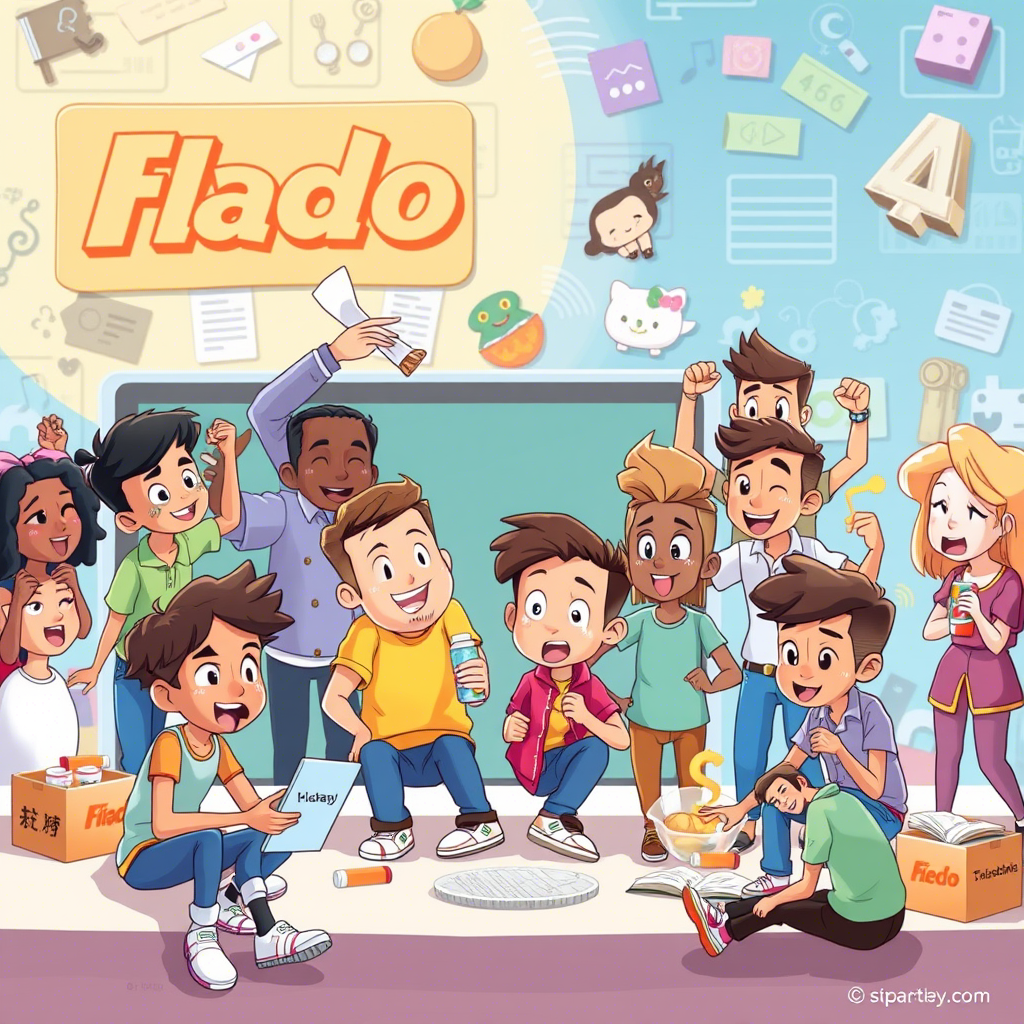


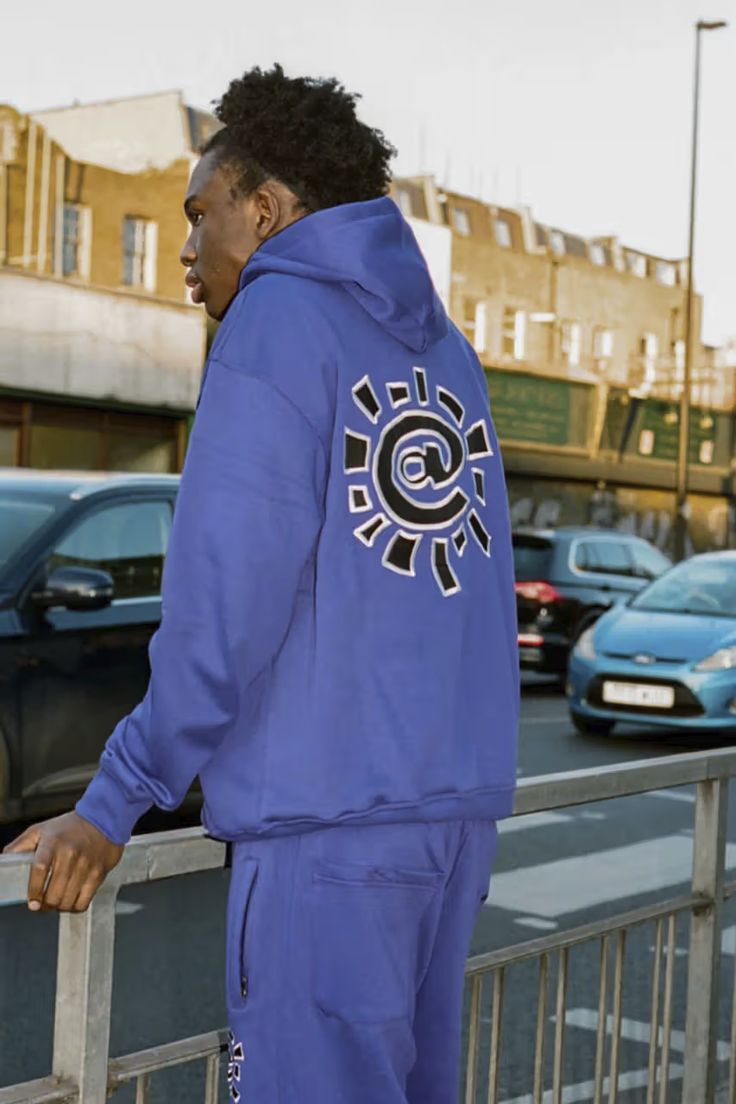


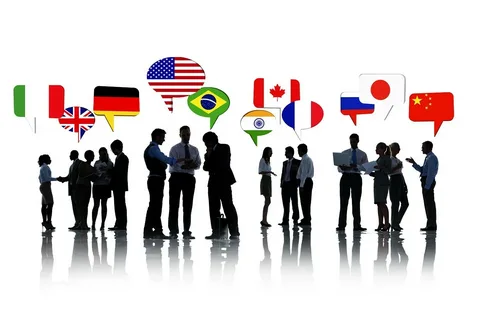
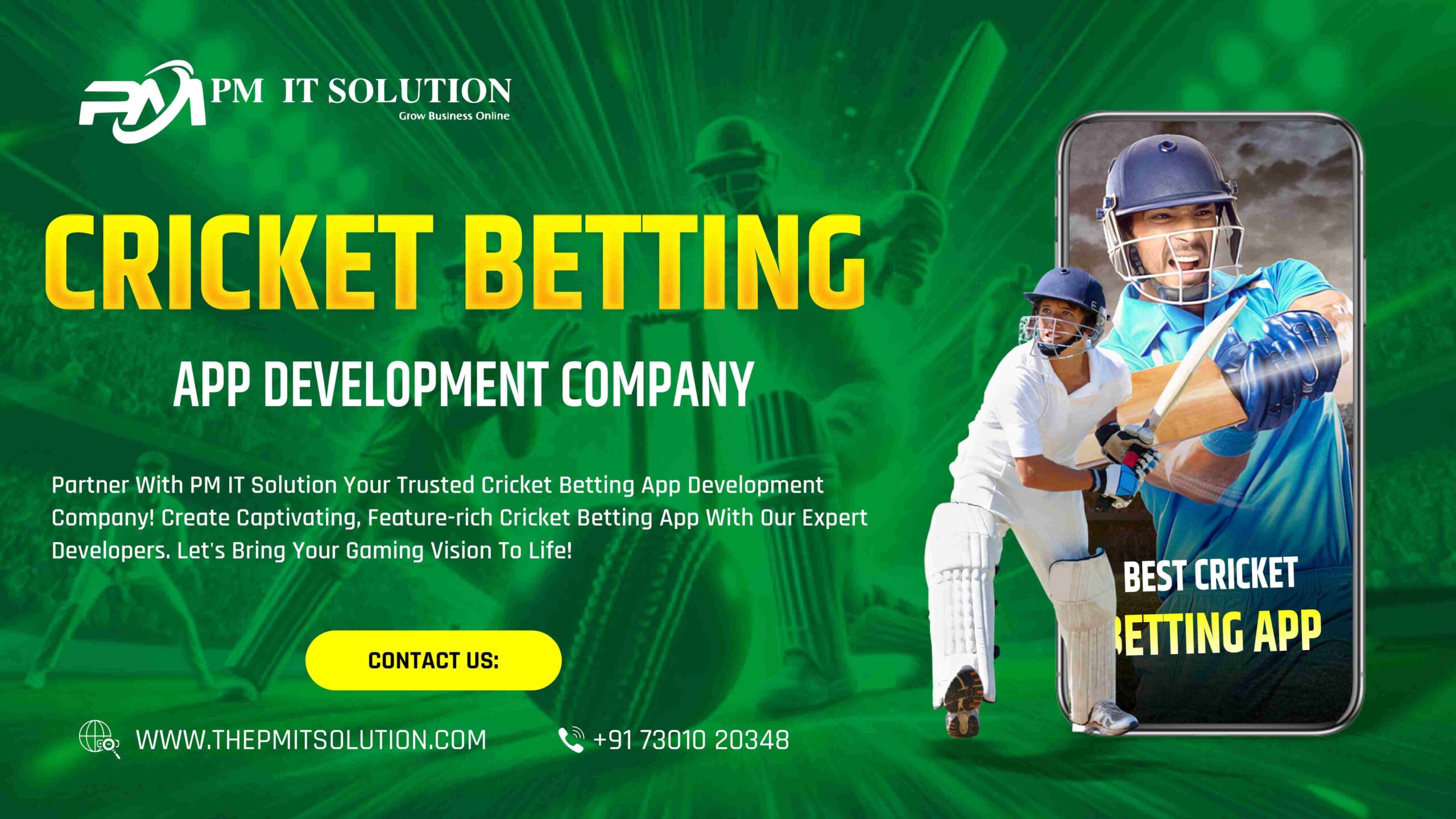
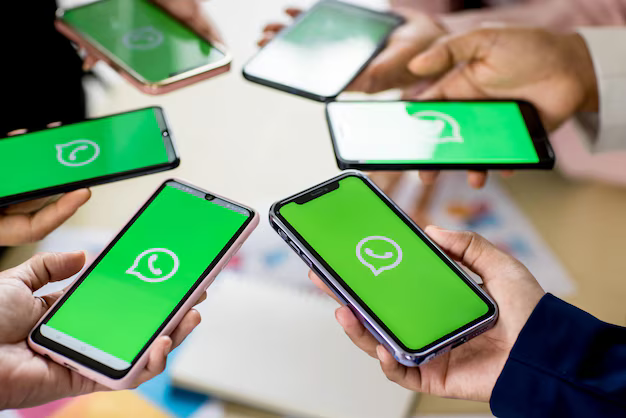



Leave a Reply